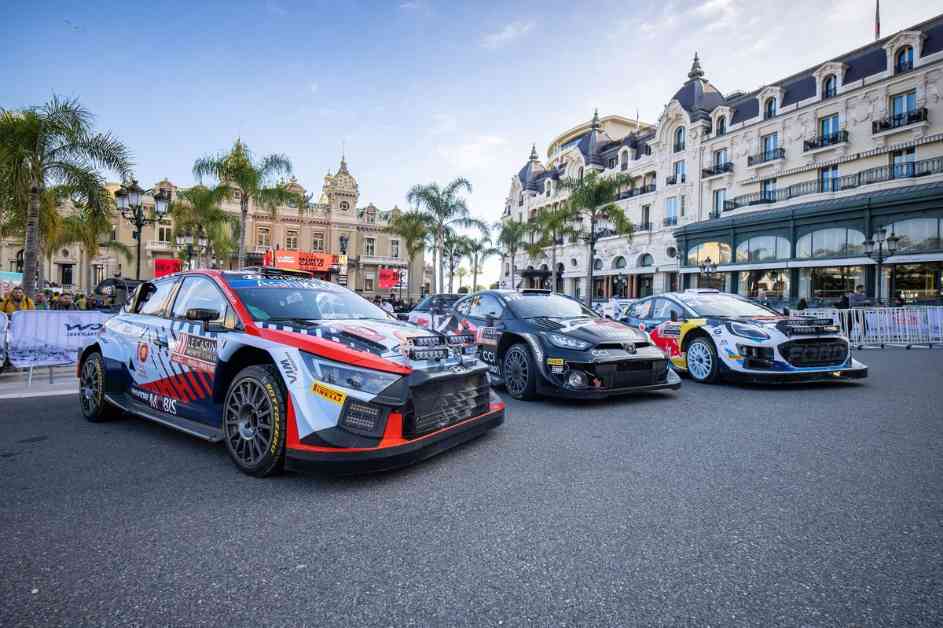The FIA’s Plan to Attract New Marques to WRC by 2027
The FIA is gearing up to unveil new technical regulations in December with the aim of attracting new manufacturers to the World Rally Championship by 2027. Despite concerns raised by WRC teams about the timeframe for releasing the rules, the governing body remains confident that it is not too late to secure the future of the championship.
The Future of WRC Classes
The FIA has been diligently working for over 18 months to shape the future of the Rally1 and Rally2 WRC classes. The goal is to not only retain the current marques but also entice new brands to join the discipline. The proposed technical rules for 2027 are set to be presented to the World Motor Sport Council in December for ratification and communication.
Challenges and Concerns
While the FIA is optimistic about the timeline for introducing the regulations, WRC teams are apprehensive about the potential impact of a delayed decision. The industry standard suggests that a minimum of 18 months is needed for a brand to commit to a program and develop a new car, highlighting the urgency of finalizing the rules.
Additionally, there are fears surrounding the possible exit of Hyundai as a manufacturer team from the WRC by the end of 2025. Hyundai’s recent announcement of joining the World Endurance Championship under its Genesis brand has sparked speculation about the brand’s future in the rally world. With Toyota potentially being the sole fully works Rally1 operation and Ford operating as a semi-works outfit via M-Sport, the championship’s landscape could undergo significant changes.
The FIA’s Perspective
Xavier Mestelan Pinon, the FIA technical director, has emphasized the importance of delivering well-thought-out regulations that will shape the future of the World Rally Championship. While acknowledging that the process is not ahead of schedule, Mestelan Pinon reassures that it is not too late to attract new brands to the championship.
Looking Ahead to 2027
As discussions continue and decisions are being weighed, the FIA’s taskforce has proposed a framework for the 2027 regulations. The Rally1 spaceframe chassis, aimed at enhancing safety levels and accommodating various car models, is expected to undergo adaptations. Plans to involve tuning companies in chassis construction and reduce costs are also under consideration.
Rally1 cars are likely to be based on road-going vehicles, with a focus on making the category more accessible to developing drivers through reduced performance and aerodynamics. The inclusion of internal combustion engines, hybrid, and EV powertrains, as well as potential technology equivalence, are being explored. In contrast, Rally2 aims to maintain its growth as a category while preserving the performance gap compared to Rally1 cars.
The Road Ahead
As the FIA strives to navigate the challenges and uncertainties surrounding the future of the World Rally Championship, the focus remains on attracting new manufacturers while retaining the current ones. By fostering a clear vision and direction for the championship, the governing body aims to ensure its growth and development in the years to come. Despite the complexities and differing opinions within the industry, the ultimate goal is to make decisions that will benefit the overall landscape of WRC.












